episode 464 POTATO FIELD ON EDGE OF THE SEA
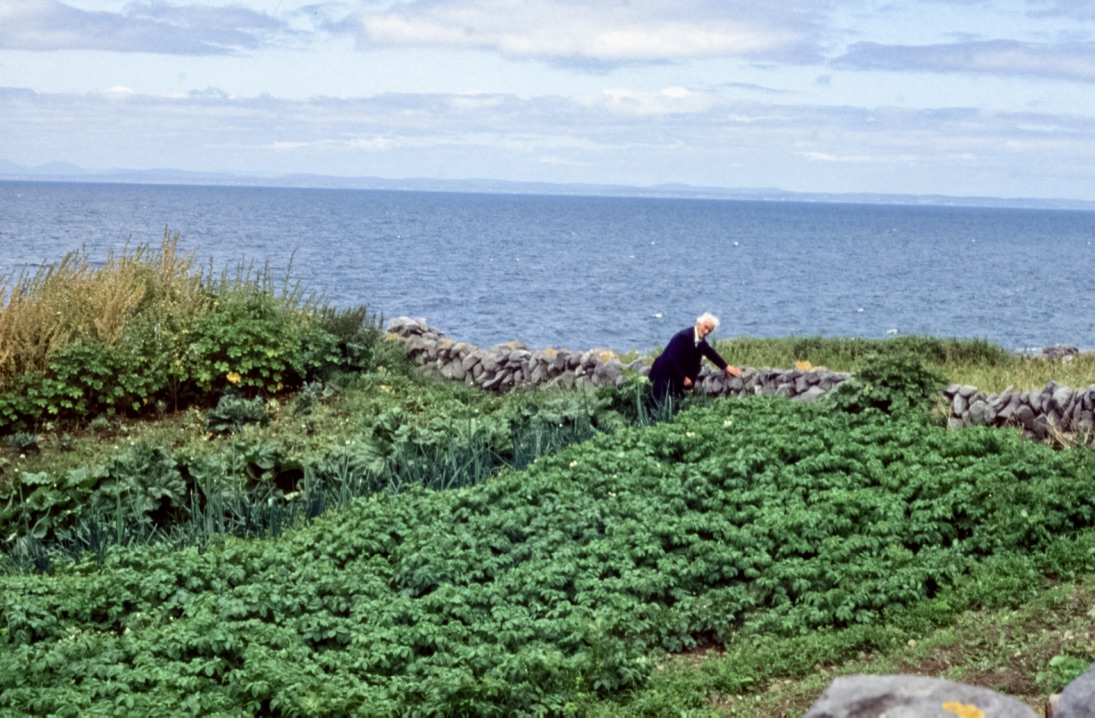
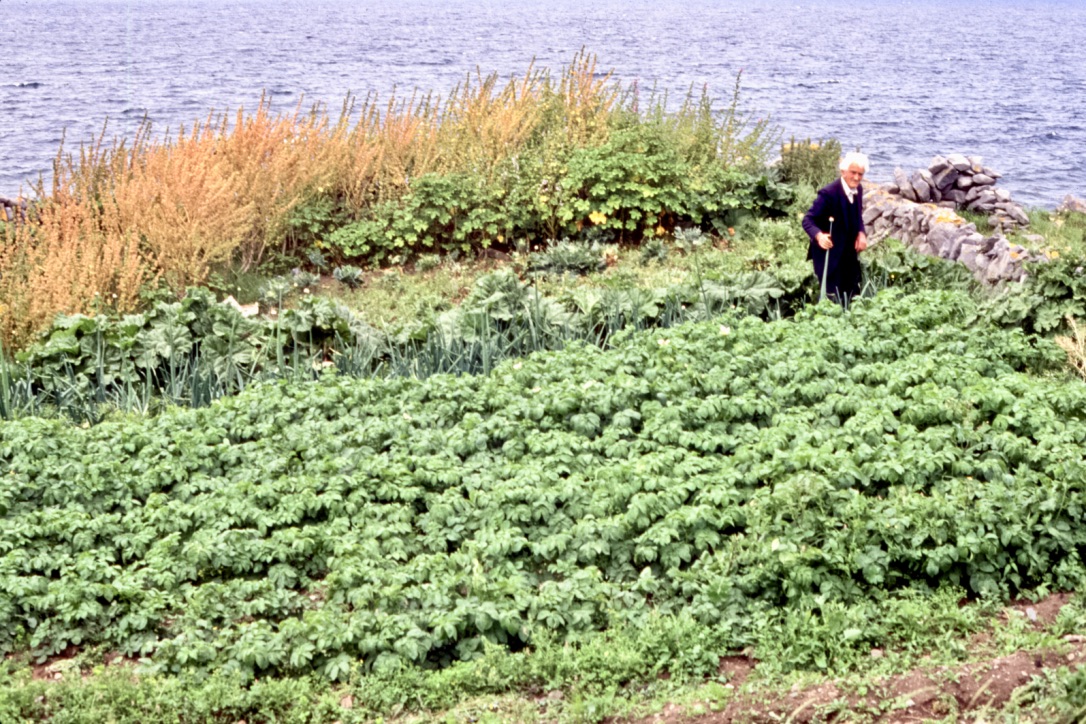
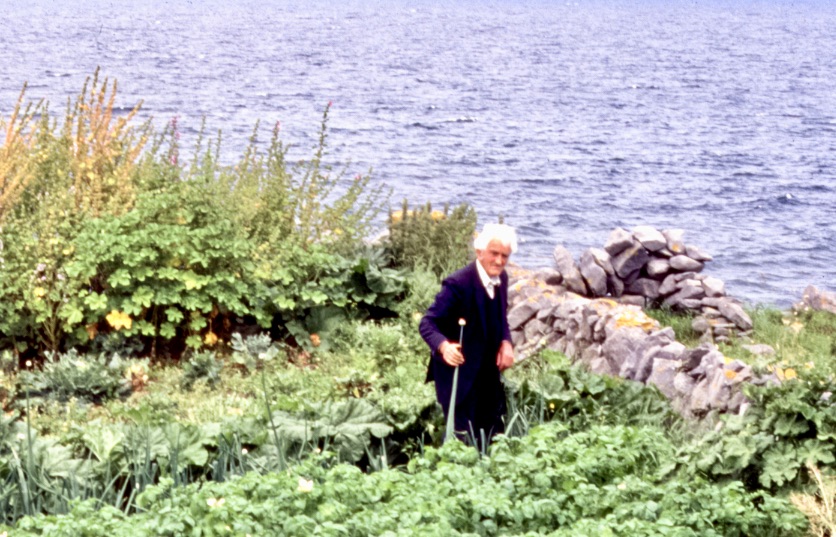
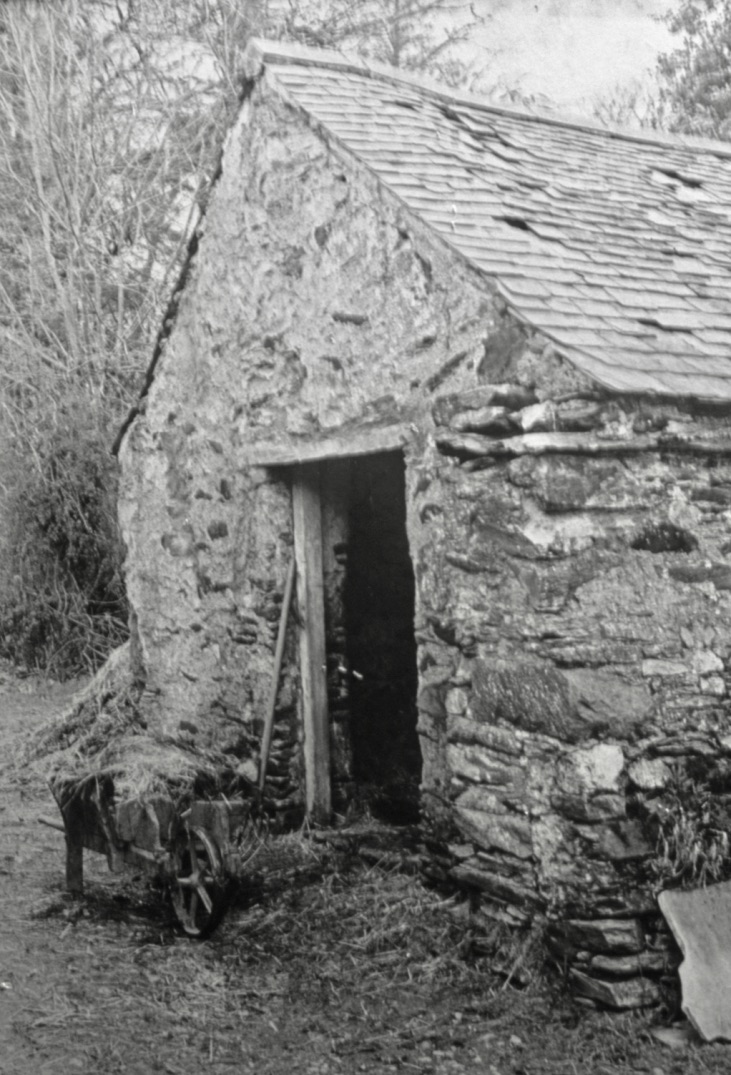



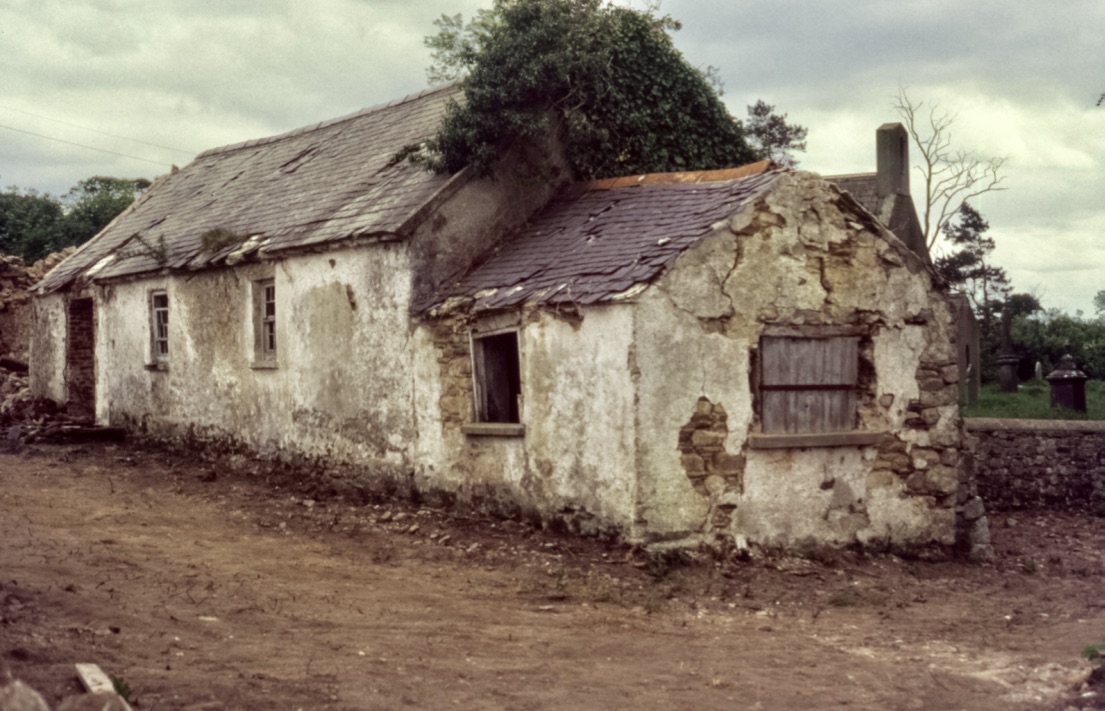


alan skech
oct. 2021
TINY potato fields were still common in Ireland such as this one being tended by an Irish octogenarian in the 1960’s. There was
a time, before the Potato Famine of the 1840’s, when 40% of the Irish population depended upon these little fields for their
survival. And when the potato plant failed starvation, death, or flight from Ireland often in decrepit ‘coffin’ ships designed to bring hand hewn timbers
to Britain.
The potato had the power to change the world for good or ill. Sometimes both good and ill at the same time.
Historian Charles Mann wrote an astounding article titled “How The Potato Changed the World” In the November issue of
Scientific American.
His article gave much meaning to the picture I took in 1960 of this Irish farmer and his potato crop grown on the edge
of a cliff hanging above the Atlantic Ocean. A rocky field. On the left is a rock pile presumably moved from the field.



When disease shrivelled the potato fields in 19th century Europe, devastation followed. Ireland
suffered worse than other European nations, all of which discovered they could no longer feed
their people.
So many people were alive in he 19th century that some wondered how they all could be fed.
. Population had expanded…indeed exploded due to the arrival of potatoes in
Europe from their origin high in the Peruvian mountains where potato plants originated. My cousin
James Townsend, an agronomist, has climbed through the unusual fields of Peru where the potato
is almost worshipped. I remember Jim describing the incredible variety of Peruvian potatoes.
There are around 5,000 varieties of potatoes, many of which do not look
like the potatoes we eat boiled, mashed or chipped. Some are tiny. Some are red..or purple, or white…
or all colours of the rainbow. Some are so toxic that they can only be eaten if covered in mud because
the mud neutralize the toxins
Europe came to rely on just five six varieties brought back to Europe by Spanish “conquerors” as
they systematically dismembered the Inca Empires of the Americas. Safe to say that those
potato plants were ultimately worth more than all the gold shipped as well.

photo by Martin Meja, AP, as in Scientific American, Nov. 2011
Today potatoes are the fifth most important food crop in the world. After wheat, corn, rice and sugar.
Another historian, Alfred Crosby, used the expression Columbian Exchange to highlight the way
Europeans affected life in the Americans…and the reverse, the way the Americas affected
western Europe. Two ecosystems collided. Wheat and potatoes. Which was the better
food crop? Which was more productive? Which was easier to harvest? Which provided more
nourishment per acre? The potato. THE POTATO!
Wheat field canoe blown flat by the wind? rains of wheat can also get too heavy and drop to the groud
if harvested late? The loaded wheat grains fall over. Potatoes are very different. They
are tubers. They grow under the ground. Hardier in that sense. And potatoes provided more
nutrion per acre…much more. Irish cottagers could live on the potatoes they grew in
their tiny stoney fields. Harvesting is easier using potato forks or potato plows rather than combine harvesters.
Potatoes can grow very large. Charles Mann describes one potato farmer harvested a 25 lb. potato
bigger than his head. One year we grew potatoes on a field that had been fallow for two decades.
The harvest was amazing. Huge potatoes. Baskets of them. But only happened that one year
Our harvest this year is pathetic. Why? Land exhaustion…need guano and lots of it.
IMPACT OF THE POTATO ON GLOBAL AFFAIRS
Another historian…William Macneill…argued “the potato” by feeding rapidly growing populations,
permitted a handful of European nations to assert dominion over most the world between 1750 and 1950″
Effects
1)The potato Ended the famines which had been common when population outgrew food supply
2) Triggered the rise of wester civilization. Between 1750 and 1850 the potato…cheap, easy
to produce food brought increase on population…industrial revolution …urbanization.
3) Guanno followed the potato. Use of fertilizer multiplied food production even more.
Shiploads of bird dung from islands off coast of South America changed agriculture.
Some of these deposits of dung were as much as 150 feet thick. This ancient supply has been
exhausted. Today the chemical industry provides most of fertilizer
4) And when potato plants failed due to beetles and disease another new industry grew…the pesticide
industry which by the 1940’s and 1950’s was using ever stronger forms of arsenic as
a control. Arsenic kills potato beetles. (lethal to us as well)
5) Pesticide industry is killing insects we depend upon such as honey bees. We seem to e
approaching a huge global problem.
This expanding food production is called The Green Revolution. So far we are able to
feed everyone…basic food for many…limited food for some.
But there is a limit. Ireland found that limit when the potato plants failed. The effect was
devastating.




This was the tiny potato field tended by Mr. Kennedy in Bonmahon in 1960. When we returned on a tour in 1965 his potato
field was grass. I don’t know what happened but it underscored that there are limits to global food production.
Much more can be said but the hour is late.
alan skeoch
oct. 2021
